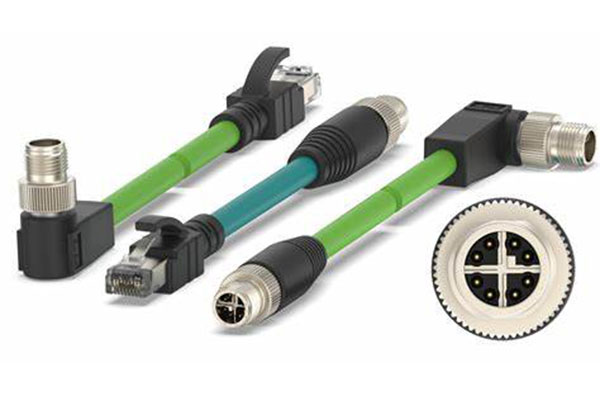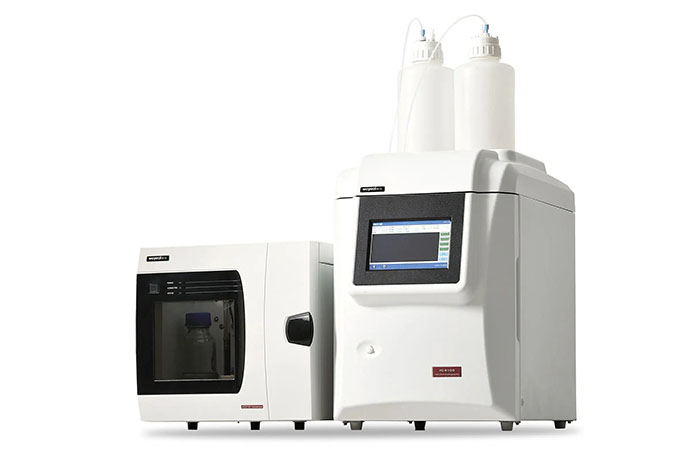Distance measurement was an essential tool for ancient civilizations in many areas such as navigation, trade, agriculture, and warfare. Ancient China was no exception, and they had their own unique methods of measuring distance. In this blog post, we will explore the traditional units of measurement used in ancient China, the methods of measuring distance, the applications of distance measurement in ancient China, the legacy of ancient Chinese distance measurement, and the significance of these techniques.
Traditional Units of Measurement in Ancient China
The Chinese system of measurement dates back to the Shang dynasty (1600 BC – 1046 BC), where people used body parts to measure length. The early Chinese people used the chi, a unit of measurement based on the length of the forearm. However, as time passed, they realized that the length of the forearm varied from person to person, and they needed a more standardized system. Hence, they developed the Chinese system of measurement, which had three categories of units: length units, weight units, and capacity units.
Length Units
The length units used in ancient China were based on the human body and included the chi (foot), bu (step), and li (mile). One li was equal to 1,000 bu, which was equivalent to 2,500 chi. The length of a chi was later standardized to be equal to 1/3 of a meter, which was later changed to 1/3.33 of a meter.
Weight Units
The weight units used in ancient China were based on the seeds of the Chinese herb called the mace, which was used to weigh goods. The weight units included the liang (tael), jin (pound), and dan (picul). One dan was equivalent to 100 jin, and one jin was equal to 16 liang.
Capacity Units
The capacity units used in ancient China were based on the amount of grain that could be held in a container. The capacity units included dou (bushel), sheng (quart), and dan (picul). One dan was equivalent to 10 sheng, and one sheng was equal to 10 dou.
Methods of Measuring Distance in Ancient China
The ancient Chinese had several methods of measuring distance, including the use of rope measurement, chariot wheels, and surveying instruments.
The Role of Surveying in Ancient China
Surveying was an essential tool in ancient China and was used in many areas, such as road and canal construction, agriculture, and military strategy. The ancient Chinese used the gnomon, compass, and surveyor’s rod to measure distance accurately.
Use of Rope Measurement
The ancient Chinese used rope measurement to measure distances on land. They used a standard length of rope, known as a gong, which was equal to 100 chi. The method of measurement involved two people holding the rope taut, one at each end, and walking the distance to be measured. They would count the number of gongs used and multiply it by 100 to get the total distance in chi.
Use of Chariot Wheels for Measuring Distance
The ancient Chinese used chariot wheels to measure long distances quickly. They used a standard length of a chariot wheel, known as a hu (cart), which was equal to 360 chi. The method of measurement involved counting the number of times the wheel turned and multiplying it by the length of the wheel to get the total distance in chi.
Use of Surveying Instruments
The ancient Chinese used surveying instruments to measure distances accurately. The gnomon was a vertical stick that was used to measure the angle of the sun’s shadow. The compass was used to measure direction, and the surveyor’s rod was used to measure height and depth. These tools were essential in measuring the heights of buildings, mountains, and determining the depth of wells.
Applications of Distance Measurement in Ancient China
The ancient Chinese used distance measurement in various areas of their lives, including road and canal construction, agriculture, military strategy, and astronomy.
Road and Canal Construction
Distance measurement played a crucial role in road and canal construction in ancient China. The accurate measurement of distances was essential to ensure that roads and canals were straight and level. The Chinese used surveying instruments and rope measurement to measure the distances between different points accurately.
Agriculture
The ancient Chinese used distance measurement in agriculture to measure the length and width of fields accurately. This information was essential in determining the amount of seed needed and the area that could be planted.
Military Strategy
The accurate measurement of distances was also crucial in military strategy. The ancient Chinese used chariot wheels and surveying instruments to measure the distance between different points and plan their military campaigns.
Astronomy
Distance measurement was also essential in ancient Chinese astronomy. The Chinese used the gnomon to measure the angle of the sun’s shadow, which was used to determine the time of day and the season. They also used the compass to determine the positions of stars and planets accurately.
Legacy of Ancient Chinese Distance Measurement
The ancient Chinese distance measurement techniques have had a significant impact on modern measurement systems. Many of the traditional Chinese units of measurement are still in use today in China and other parts of the world. For example, the chi is still used as a unit of measurement in Taiwan, Hong Kong, and some parts of mainland China.
The Chinese system of measurement has also influenced the development of the metric system. The chi, which was standardized to be 1/3 of a meter, played a crucial role in the development of the metric system, which is based on the meter.
Significance of Ancient Chinese Distance Measurement Techniques
The ancient Chinese distance measurement techniques are significant because they show the ingenuity and resourcefulness of ancient civilizations. These techniques allowed the Chinese to make accurate measurements without the aid of modern technology. The ancient Chinese were also able to use distance measurement in many areas of their lives, from road and canal construction to astronomy.
In conclusion
The ancient Chinese had several methods of measuring distance, including rope measurement, chariot wheels, and surveying instruments. These techniques were essential in many areas of their lives, from road and canal construction to astronomy. The legacy of these techniques can still be seen today in the traditional Chinese units of measurement and the influence they had on the development of the metric system. The ancient Chinese distance measurement techniques are a testament to the resourcefulness and ingenuity of ancient civilizations.




